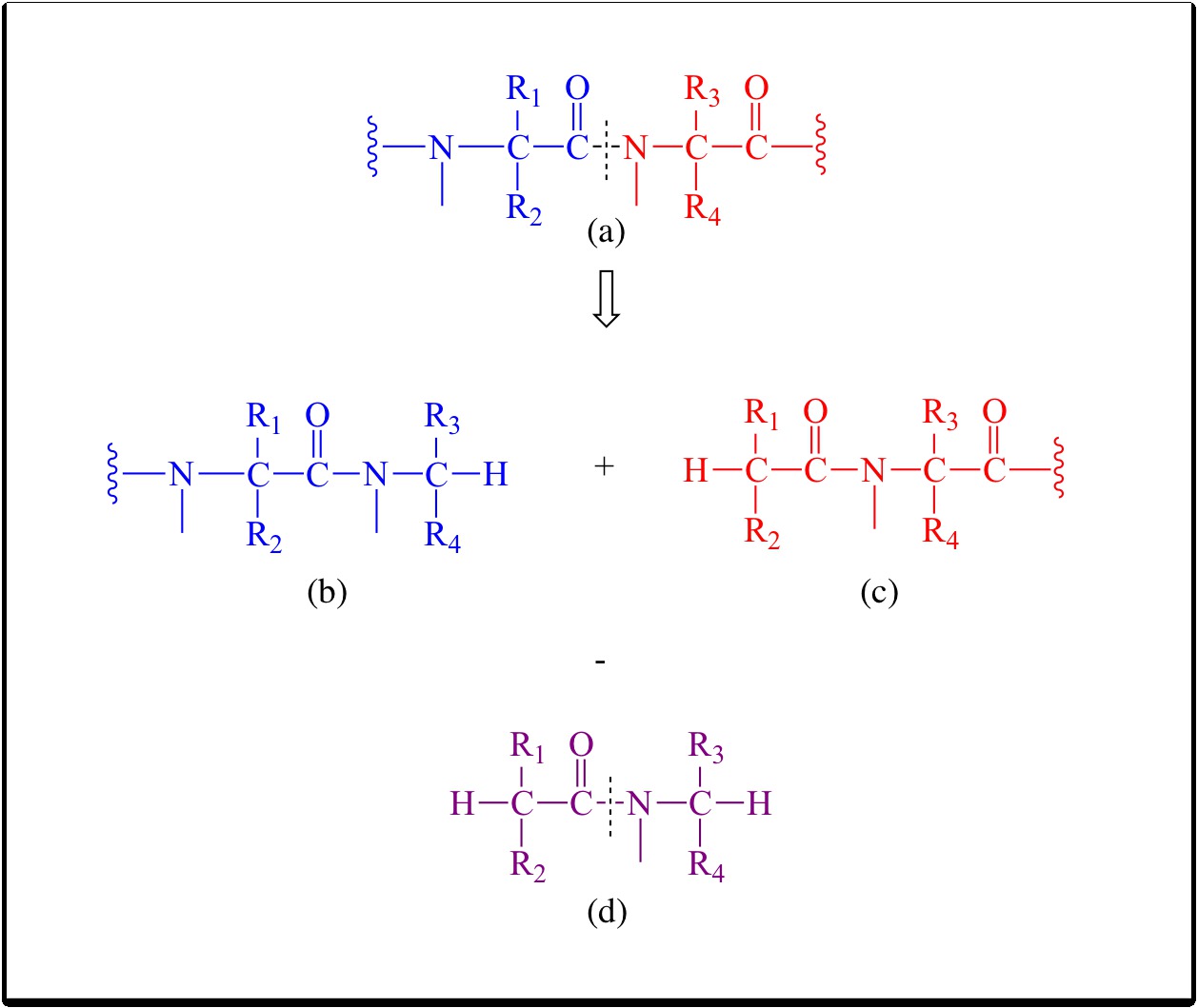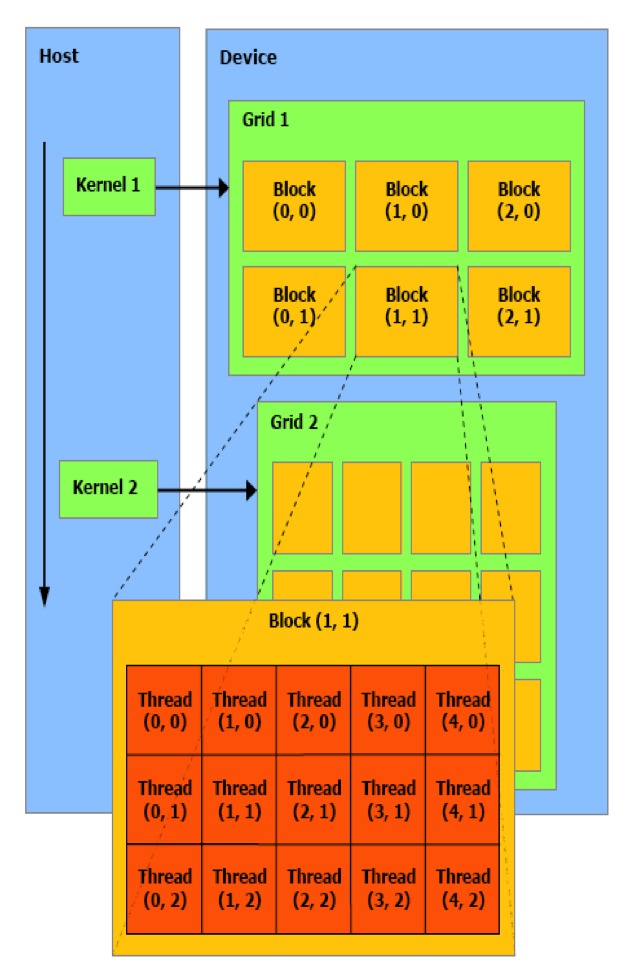Electronic structure theory
Excitonic coupling in photosynthetic systems and its implications to light harvesting
- Understanding the mechanism of light harvesting is crucial to energy research. Photosynthetic reaction centers genrally consists of large conjugated molecules (e.g., the circular arrangement of bacteriochlorophyll and rhodopin glucoside in LH2 of Rps. acidophila), and there is a delicate balance of noncovalent interactions and strong correlation (multi-reference states) in the chromophores. The electronic structure of the individual chromophores is in itself a challenging problem for ab initio methods, however, the presence of the environment complicates the situation by introducing non-covalent interactions and pathways for exciton transfer and non-radiative FRET between subsystems, as also crucial photodynamics. Together it is a formidable challenge
Refereces
- D. Ghosh, J. Hachmann, T. Yanai, G. K.-L. Chan, Orbital Optimization in the Density Matrix Renormalization Group, with Applications to Polyenes and beta-carotene, J. Chem. Phys., 128, 144117 (2008).

Effective fragment potential - flexible treatment of protein environment
- Development of conjugate capping techniques for fragmentation of proteins across peptide bonds is one of our focus. This will enable us to study the properties of molecules/chromophores in protein environments. We also want to extend the treatment of effective fragments to offer more flexibility.

Refereces
Graphical processor Unit (GPU) implementation of electronic structure methods
- GPU have long been used in gaming consoles and use the idea of single instruction multiple data (SIMD) vector processing model, which means that at any given clock cycle, each stream processor of the multiprocessor executes the same function but on different data. This idea is very suitable for large matrix and vector manipulations etc. In GPUs applications are organized into streams and kernels, representing blocks of data and code transformation, respectively. The kernel typically comprises of a tight loop of relatively few instructions. Streams of data are then processed in pipelined and parallel fashion by many processors executing a small number of kernels. Another factor involved is the relatively cheap GPUs when compared to the equivalent number of processor units in CPU. Thus, GPUs are a cost effective high performing alternative to parallel computation on CPUs.

Non-covalent interactions in biological systems
Melanin
- Melanin is an important pigment encountered in hair, skin, eye and brain of human body, animals, plants and micro-organisms. It is generally divided into two classes - brown-black eu-melanin and reddish-yellow pheomelanin. The main biological function of melanin is known to be photo-protection of cells from ultraviolet radiation. However, there are many other functions that are attributed to melanin such as thermo-regulation, anti-oxidation, camouflage, vitamin-D synthesis regulation etc. It also has implications in Parkinson’s disease, age-related macular degeneration and malignant melanoma. But, the underlying mechanism of these functions have not been adequately elucidated. The lack of understanding in the molecular level is mainly contributed by the uncertainties in its structure. Native melanin cannot be crystallized or dissolved in any solvent without changing its underlying structure and is therefore, difficult to study.

Intercalation compounds
- Some planar aromatic compounds (e.g., coralyne) binds to DNA by intercalating i.e., insertion between two stacked base pairs of DNA. These structures are stabilized by non-covalent interactions and cause deformation of the DNA strands, sometimes even unwinding of the helices. Intercalation compounds are important because of potential anti-cancer, anti-tumor and other therapeutic properties. For example, daunomycin intercalates into B-DNA and this changes the structure of DNA itself, thus stopping replication and has potential anti-tumor property.

Multi-reference DFT
- DFT is a powerful method for large systems, due to its lower computational scaling with system size when compared to wavefunction based methods. However, it is plagued by the complete absence of non-dynamic correlation and is not a reliable method to understand open-shell systems like di-radicals or transition metal complexes etc. There has been some e orts combining CAS and multi-reference con guration interaction (MRCI) and spin- ip (SF) methods with DFT to calculate such challenging systems. These e orts have had some success and promise, while still having severe challenges. Due to the use of traditional wavefunction based methods, the active space that can be completely correlated is very limited ( (14e,14o)). This can be addressed by replacing the traditional active space methods with DMRG.
|






